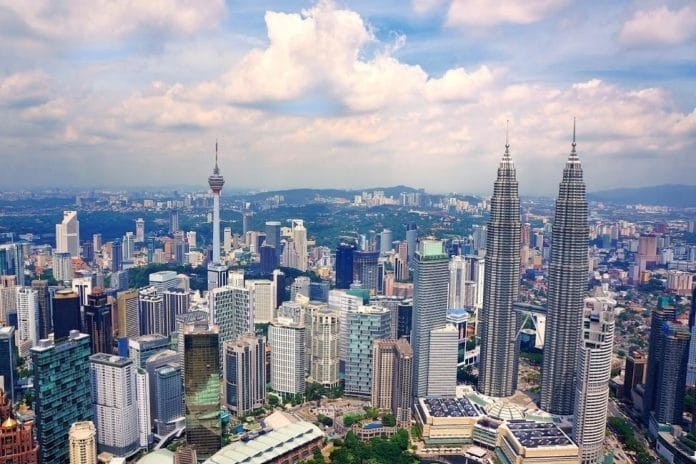
Malaysia’s economic growth is expected to remain at 4.1% in 2026, unchanged from its 2025 forecast, according to the World Bank.
Dr Apurva Sanghi, World Bank Chief Economist for Malaysia, said the momentum is slowing and the country is projected to experience moderate growth next year due to both external and domestic factors limiting expansion.
“Global and regional forecasts are not particularly optimistic, especially as we find Malaysia’s economy sensitive to developments in the United States and China,” he said during a media briefing on the World Bank’s East Asia and Pacific Economic Update.
Domestic consumption will be the main driver of Malaysia’s growth, supported by wage increases, government financial assistance, and accommodative monetary policy, Apurva noted.
He highlighted that a one percentage point drop in US growth could reduce Malaysia’s growth by 0.8 percentage points, while a similar slowdown in China would trim Malaysia’s growth by around 0.45 percentage points. “The effect of US weakness on Malaysia is larger than that of China, although both are significant,” he said.
Apurva also pointed to declining domestic demand and business and household confidence, citing indicators such as the RAM Business Sentiment Index and the Purchasing Managers’ Index (PMI). “Companies have adopted a wait-and-see approach amid uncertainty over tariffs and other business issues. Overall, there has been a decline in business and consumer sentiment resulting from these uncertainties,” he explained.
On trade and technology challenges, Apurva said Malaysia’s electrical and electronics sector risks losing competitiveness in advanced semiconductor production, particularly AI-related chips dominated by Taiwan and South Korea.
For 2026, Malaysia’s export growth is projected at 2.9%, while import growth is expected to slow to 3.7% from the previous 4.5%. He also noted low spending on research and development and limited domestic innovation, with only 13–18% of patents filed by Malaysians.
Apurva stressed the need for stronger consolidation to ensure sustainable national debt, with the debt-to-GDP ratio currently at 64%. The Fiscal Responsibility Act sets a debt ceiling of 60%, to be achieved within three to five years.
He added that Malaysia could liberalise trade beyond the US, leverage ASEAN growth ties, reduce restrictions on services trade, and enhance corporate reforms to improve the business environment, curb corruption in permits, and create fair competition between formal and informal sectors.
“The next phase of Malaysia’s economic journey will depend on productivity, innovation, and deeper integration,” Apurva concluded.
Source: https://www.businesstoday.com.my/2025/10/07/malaysias-economic-growth-seen-steady-at-4-1-in-2026-says-world-bank/

